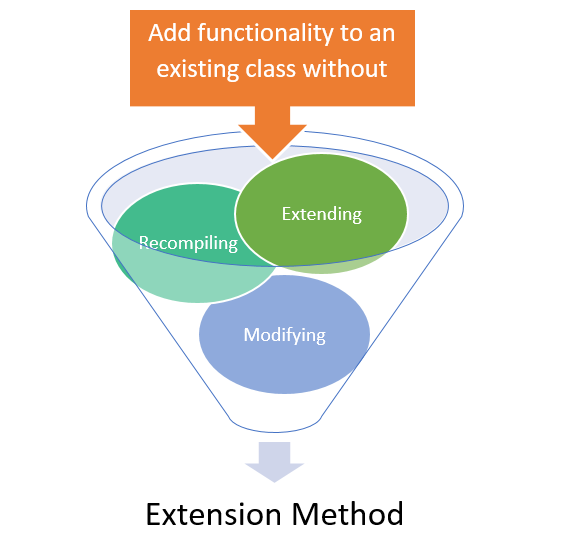Simplifying Your Views
Using Extension Methods to Remove Magic Strings

Magic strings are often seen in programs. These are hard-coded strings that might be repeated in several places throughout the program. As a developer, you may know what they represent, but to others or to future you, they might be confusing. Worse still, they are prone to typos and are hard to update because they are scattered all over the place.
In this section, we'll learn how to use extension methods in C# to encapsulate these magic strings, giving them meaningful names and centralizing their management. This not only makes our code more readable but also more maintainable. We'll walk through various scenarios where these magic strings often appear and how we can elegantly handle them using extension methods.
Video: Using Extension Methods to Remove Magic Strings
Using Extension Methods to Strongly Type Common Actions

In .NET programming, strongly-typed code can prevent many runtime errors. When we talk about "strongly-typed," it refers to the explicit declaration of variable types, return types, and more. But beyond these, can we make our actions or methods strongly-typed as well?
The answer is yes, and the solution is extension methods. In this section, we'll explore how to use extension methods to create strongly-typed representations of common actions in our codebase. This approach not only makes the code safer (by catching potential errors at compile-time) but also makes it more understandable and easier to maintain.
Video: Using Extension Methods to Strongly Type Common Actions
Creating Custom HTML Helpers to Reduce and Reuse Markup

In ASP.NET Core, HTML helpers are methods that return a string containing HTML. They can be a powerful tool to minimize repetitive markup and make the view cleaner. But the default HTML helpers might not be enough for all our needs.
In this part of the lesson, we'll see how to create custom HTML helpers to further simplify our views and promote code reuse. We'll take a look at different situations where custom HTML helpers can be beneficial and walk through the process of creating them and integrating them into our views.
Video: Creating Custom HTML Helpers to Reduce and Reuse Markup
Using Child Actions to Generate Complex Common Markup

Often, we have complex pieces of HTML that are reused across different views. One way to handle this is through partial views, but they might not be the best solution when the markup involves some logic or data from the server. This is where child actions shine.
Child actions in ASP.NET Core MVC allow us to encapsulate pieces of logic and markup that are meant to be reused across different views. A child action is an action method that can be invoked from within a view. The result of this action method, usually a partial view, is then rendered in the view from which it was invoked.
In this section, we'll explore the concept of child actions, how they differ from partial views, and how to use them to generate complex common markup. Through practical examples, we'll see how child actions can make our views more modular and maintainable.
Video: Using Child Actions to Generate Complex Common Markup
Key Takeaways:
- Extension methods in C# provide a way to extend a class with additional methods without modifying the class itself. They can be used to encapsulate magic strings and strongly type common actions, increasing the readability and maintainability of your code.
- Custom HTML Helpers can help to minimize repetitive markup, simplifying your views and promoting code reuse.
- Child Actions in ASP.NET Core MVC provide a way to encapsulate pieces of logic and markup that are meant to be reused across different views, making views more modular and maintainable.

0 comments